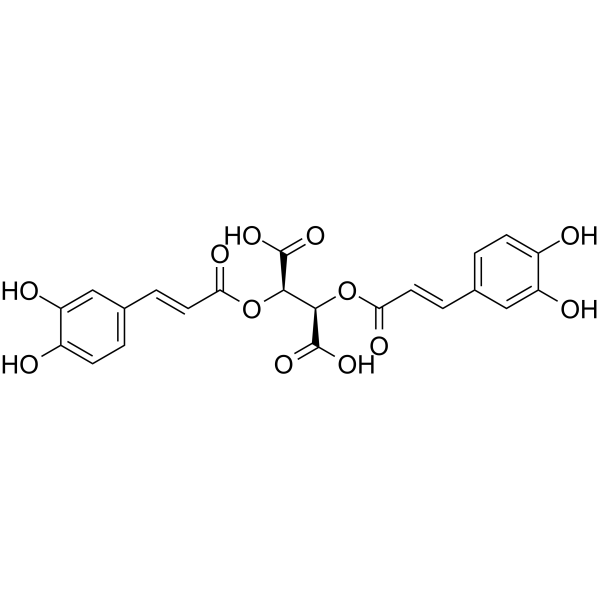Reactive Oxygen Species
Reactive oxygen species (ROS), such as superoxide anion (O2-), hydrogen peroxide (H2O2), and hydroxyl radical (HO•), consist of radical and non-radical oxygen species formed by the partial reduction of oxygen. Cellular ROS are generated endogenously during mitochondrial oxidative metabolism as well as in cellular response to xenobiotics, cytokines, and bacterial invasion.
ROS also activates MAPK pathways by the direct inhibition of MAPK phosphatases. Through PTEN, the PI3K pathway is subject to reversible redox regulation by ROS generated by growth factor stimulation. The activation of autophagy may be a cellular defense mechanism in response to ROS.
Targets for Reactive Oxygen Species
Products for Reactive Oxygen Species
- Cat.No. Nom du produit Informations
-
GC41623
β-Elemonic Acid
β ; - L'acide élémonique est un triterpène isolé de Boswellia papyrifera.
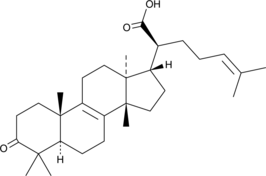
-
GC41502
β-Myrcene
β-Myrcène (β-β-Myrcène), un composé volatil aromatique, supprime l'activité NF-κB induite par le TNFα.

-
GC67191
(±)-α-Tocopherol nicotinate
(±)-α-Le nicotinate de tocophérol, vitamine E - nicotinate, est un antioxydant liposoluble actif par voie orale qui empêche la peroxydation des lipides dans les membranes cellulaires. (±)-α-le nicotinate de tocophérol est hydrolysé dans le sang en α -tocophérol et niacine et peuvent être utilisés dans des études de maladies vasculaires apparentées.
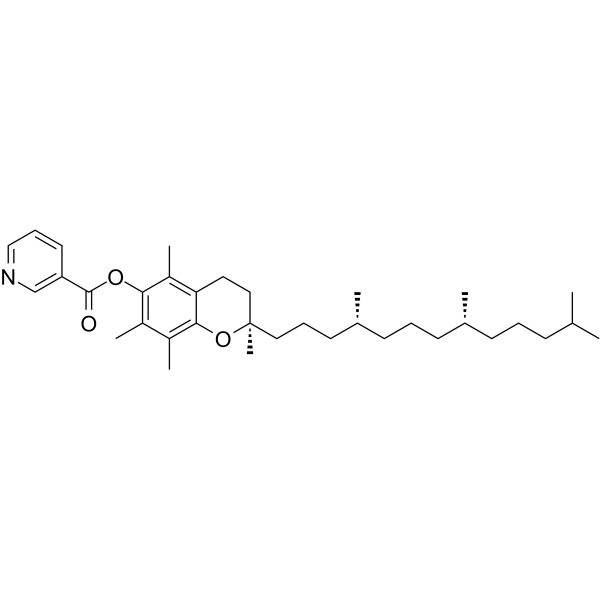
-
GC39271
(±)-Naringenin
(±)-La naringénine est un flavonoïde naturel.
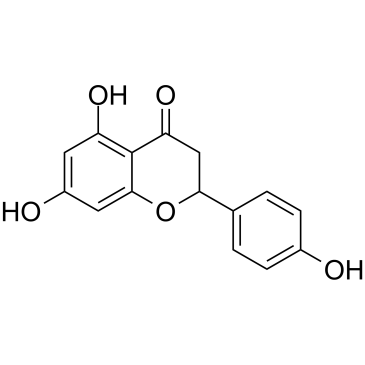
-
GC40355
(±)13-HpODE
(±)13-HpODE (acide 13-hydroperoxylinoléique) est un mélange racémique d'hydroperoxydes, qui est produit par l'oxydation de l'acide linoléique par la lipoxygénase.

-
GC40809
(+)-β-Citronellol
(+)-β-Citronellol (D-Citronellol) est un monoterpène alcoolique présent dans l'huile essentielle de géranium.

-
GC63969
(+)-Schisandrin B
(+)-Schisandrin B est un énantiomère de Schisandrin B.

-
GC14049
(-)-Epigallocatechin gallate (EGCG)
Un phénol avec des activités biologiques diverses.
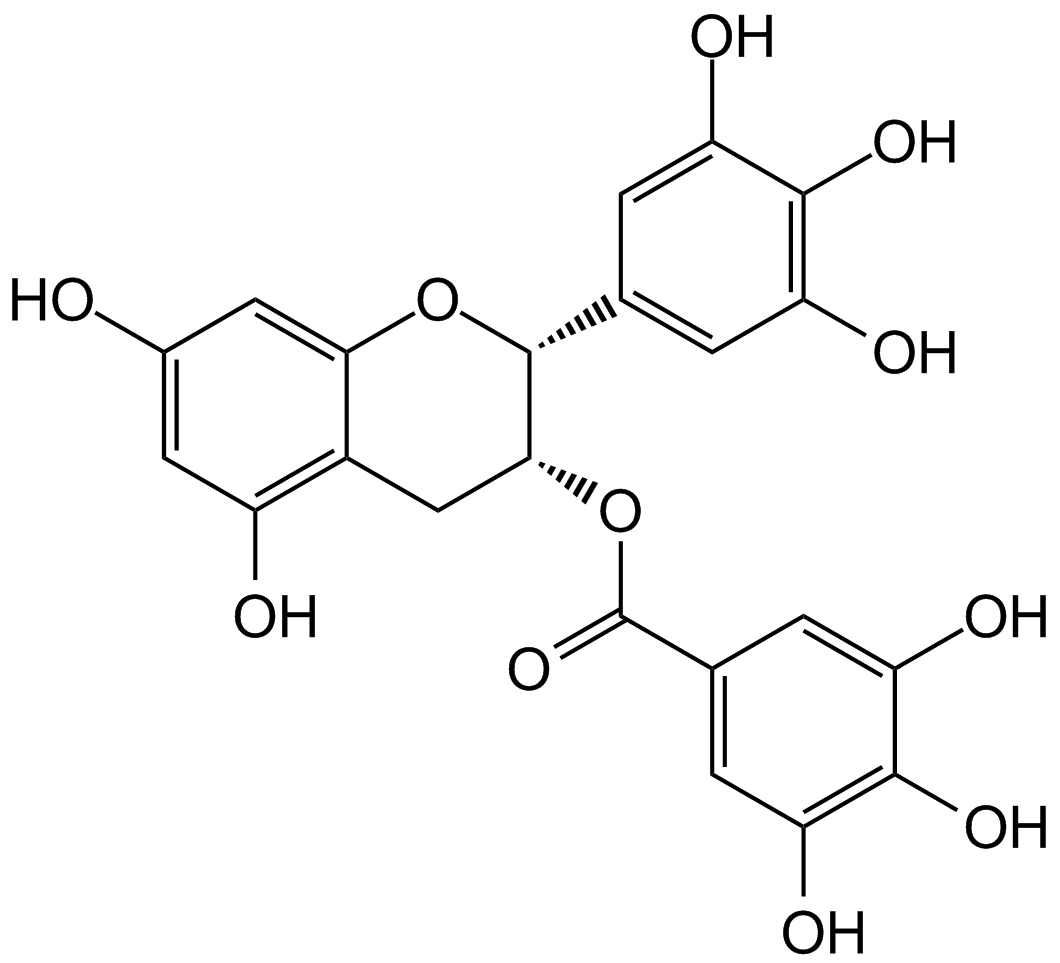
-
GC45248
(-)-FINO2
Le (-)-FINO2 est un puissant inducteur de la ferroptose. (-)-FINO2 inhibe l'activité de GPX4. (-)-FINO2 est un oxydant stable qui oxyde le fer ferreux et stable À différents niveaux de pH. (-)-FINO2 provoque une peroxydation lipidique généralisée.

-
GC38316
(-)-Limonene
Le (-)-limonène ((S)-(-)-limonène) est un monoterpène présent dans de nombreuses huiles d'aiguilles de pin et dans la térébenthine.
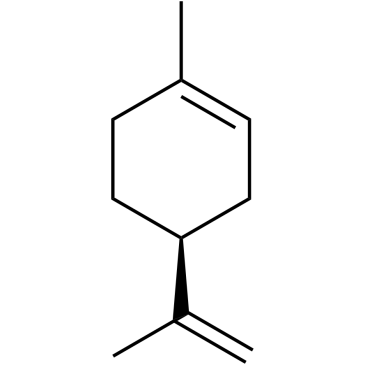
-
GC41700
(E)-2-(2-Chlorostyryl)-3,5,6-trimethylpyrazine
(E)-2-(2-Chlorostyryl)-3,5,6-trimethylpyrazine (CSTMP) is a stilbene derivative with antioxidant and anticancer activities.
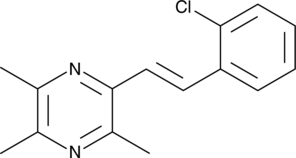
-
GC61668
(E)-3,4-Dimethoxycinnamic acid
L'acide (E)-3,4-diméthoxycinnamique est l'isomère le moins actif de l'acide 3,4-diméthoxycinnamique.
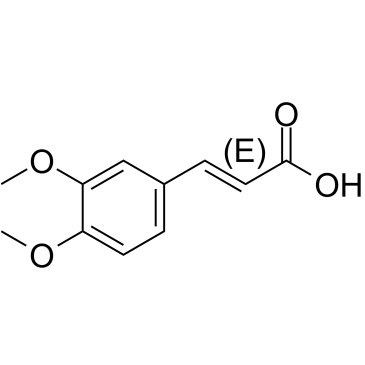
-
GC39747
(E/Z)-GSK5182
(E/Z)-GSK5182 est un composé racémique des isomères (E)-GSK5182 et (Z)-GSK5182.

-
GC41721
(R)-α-Lipoic Acid
(R)-α-Lipoic acid is the naturally occurring enantiomer of lipoic acid, a cyclic disulfide antioxidant.

-
GC41837
1,3,7-Trimethyluric Acid
L'acide 1,3,7-triméthylurique est le métabolite de la caféine. Le rapport métabolique de l'acide 1,3,7-triméthylurique À la caféine peut être évalué en tant que biomarqueur pour décrire la variabilité de l'activité du CYP3A dans une cohorte.

-
GC46387
1,3,7-Trimethyluric Acid-d9
An internal standard for the quantification of 1,3,7-trimethyluric acid
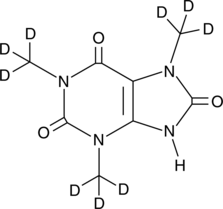
-
GC35037
1,3-Dicaffeoylquinic acid
L'acide 1,3-dicaffeoylquinic est un dérivé de l'acide cafeoylquinic et active PI3K/Akt.
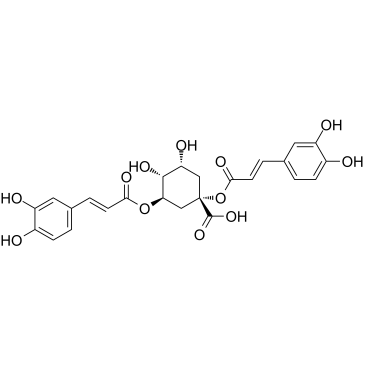
-
GC46481
1-Hydroxyphenazine
A P. aeruginosa virulence factor
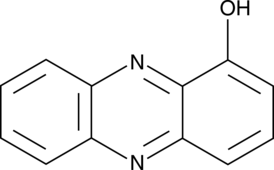
-
GC18235
1-O-Hexadecyl-sn-glycerol
1-O-Hexadecyl-sn-glycerol is a bioactive alkyl glyceryl ether.
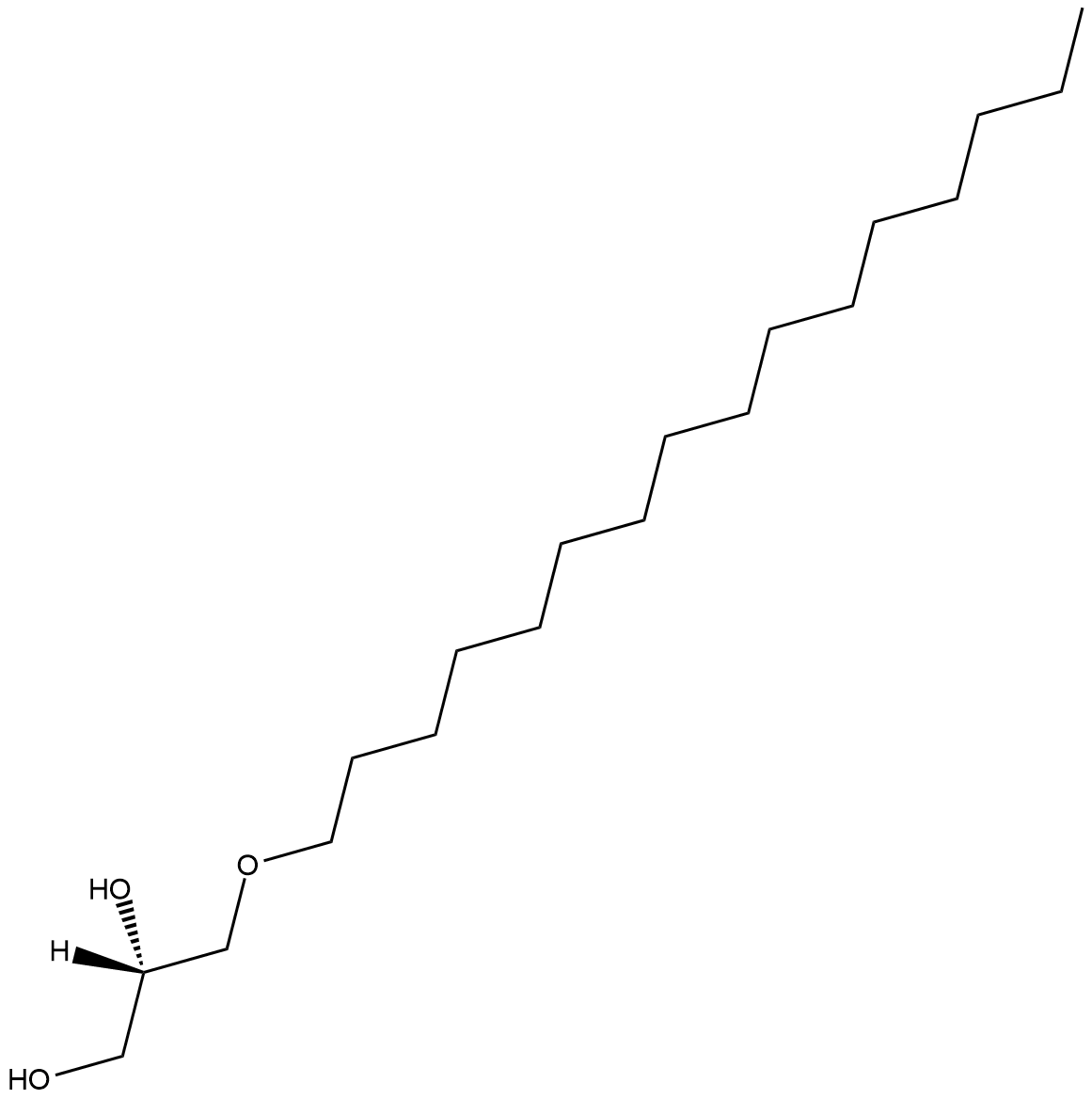
-
GC40146
1-Oleoyl-2-Palmitoyl-rac-glycerol
1-Oleoyl-2-palmitoyl-rac-glycerol (1,2-OP) is a diacylglycerol containing oleic acid at the sn-1 position and palmitic acid at the sn-2 position.

-
GC41866
10-methyl-9-(phenoxycarbonyl) Acridinium (trifluoromethylsulfonate)
10-methyl-9-(phenoxycarbonyl) Acridinium is an acridinium ester that produces fluorescent 10-methyl-9-acridone upon oxidation with hydrogen peroxide, persulfates, and other oxidants in alkaline conditions.
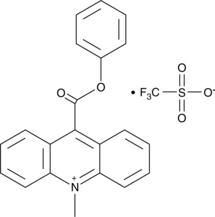
-
GC41868
10-Nitrooleate
Le 10-nitrooléate (CXA-10), un acide gras nitré, a des effets potentiels dans les états pathologiques dans lesquels le stress oxydatif, l'inflammation, la fibrose et/ou la toxicité tissulaire directe jouent un rÔle important.

-
GC67628
2',7'-Dichlorofluorescein
2',&7#39;-La dichlorofluorescéine agit comme une sonde fluorescente (Ex \u003d 496 nm et Em \u003d 525 nm) pour la mesure des espèces réactives de l'oxygène (ROS).
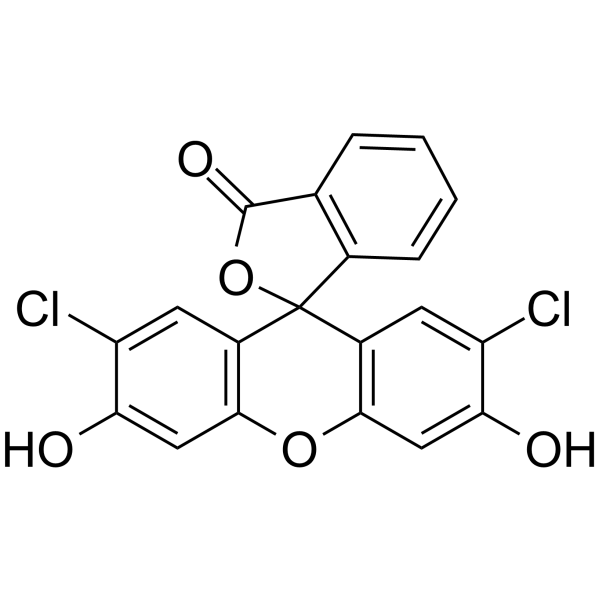
-
GC42079
2',7'-Dichlorofluorescein diacetate
Le diacétate de 2',7'-dichlorofluorescéine (DCFH-DA) est une sonde fluorescente perméable aux cellules.
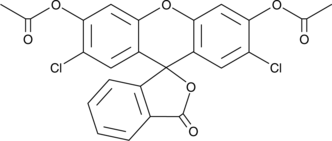
-
GC46057
2,5-Dihydroxycinnamic Acid phenethyl ester
An inhibitor of 5-LO

-
GC35095
2-Phospho-L-ascorbic acid trisodium salt
Le sel trisodique de l'acide 2-phospho-L-ascorbique (acide 2-phospho-L-ascorbique trisodique) est un dérivé de la vitamine C À action prolongée qui peut stimuler la formation et l'expression du collagène.
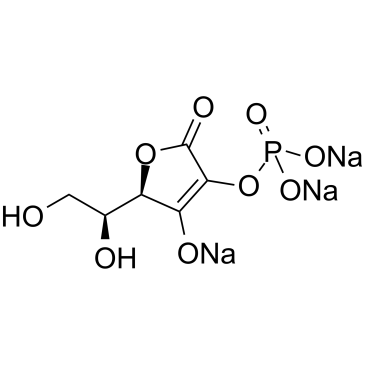
-
GC49005
2S-Eriodictyol
A flavanone with antioxidant activity
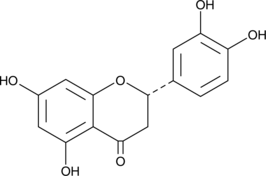
-
GN10006
3,4-Dihydroxybenzaldehyde

-
GC33992
3,4-Dimethoxycinnamic acid (O-Methylferulic acid)
L'acide 3,4-diméthoxycinnamique (acide O-méthylférulique) (acide O-méthylférulique) est un monomère extrait et purifié de Securidaca inappendiculata Hassk.
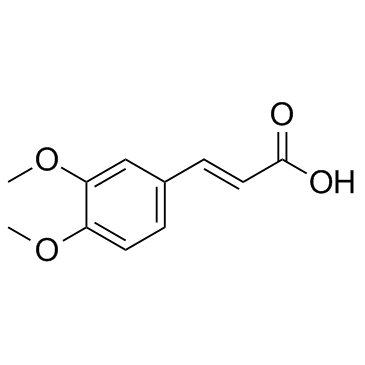
-
GC61673
3,5-Di-tert-butylphenol
Le 3,5-di-tert-butylphénol est un composé organique volatil aux activités anti-biofilm et antifongique.

-
GC52324
3-(3-Hydroxyphenyl)propionic Acid sulfate
A metabolite of certain phenols and glycosides

-
GC14282
3-acetyl-11-keto-β-Boswellic Acid
L'acide 3-acétyl-11-céto-β-boswellique (acétyl-11-céto-β-acide boswellique) est un composé triterpénoÏde actif issu de l'extrait de boswellia serrate et un nouvel activateur Nrf2.

-
GC49849
3-Aminosalicylic Acid
A salicylic acid derivative
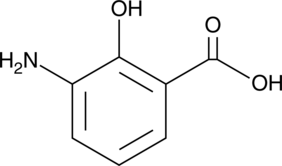
-
GC62794
3-Demethylcolchicine
La 3-déméthylcolchicine, un métabolite de la colchicine, possède un groupe hydroxy sur son cycle carboné qui pourrait participer au piégeage des radicaux et inhibe nettement l'œdème de la carraghénine.
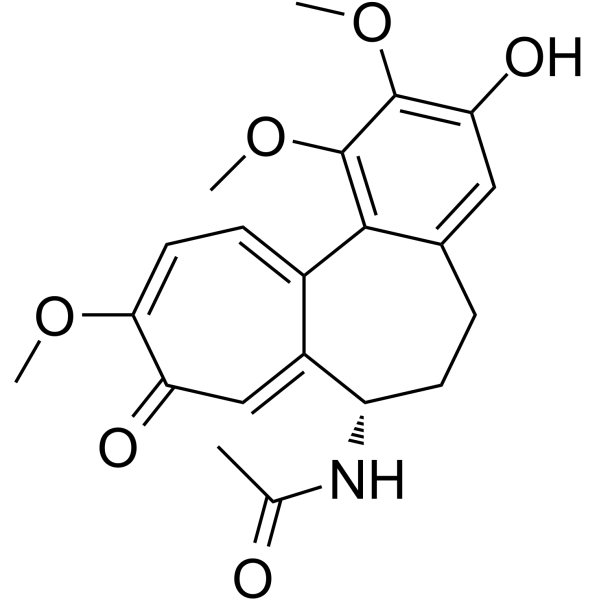
-
GC49364
3-Hydroxycoumarin
La 3-hydroxycoumarine est un inhibiteur puissant et redox de la 15-LOX-1 humaine.
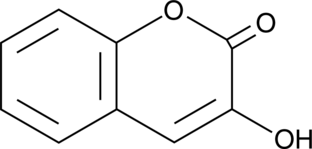
-
GC45337
3-Hydroxyterphenyllin
La 3-hydroxyterphénylline est un métabolite d'Aspergillus candidus. La 3-hydroxyterphénylline supprime la prolifération et provoque une cytotoxicité contre les cellules A2780/CP70 et OVCAR-3. La 3-hydroxyterphénylline induit l'arrêt de la phase S et l'apoptose. La 3-hydroxyterphénylline a le potentiel pour la recherche sur le cancer de l'ovaire.
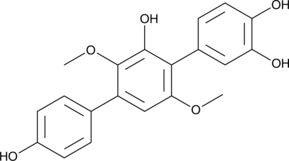
-
GC31290
3-Indolepropionic acid
L'acide 3-indolepropionique s'est avéré être un puissant antioxydant et a un potentiel dans le traitement de la maladie d'Alzheimer.

-
GC42338
4-Aminobenzoic Acid hydrazide
L'hydrazide d'acide 4-aminobenzoÏque est un inhibiteur irréversible de la myéloperoxydase MPO avec une IC50 de 0,3 μM.
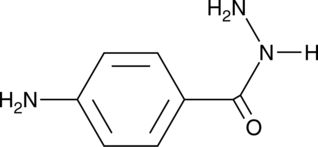
-
GC42351
4-carboxy TEMPO
4-carboxy TEMPO is a nitroxide and spin label.

-
GC42401
4-hydroperoxy Cyclophosphamide
Un analogue activé de la cyclophosphamide.
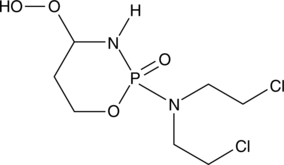
-
GC18858
4-hydroxy Alternariol
4-hydroxy Alternariol is a metabolite of the mycotoxin alternariol formed through cytochrome P450 (CYP450) metabolism.
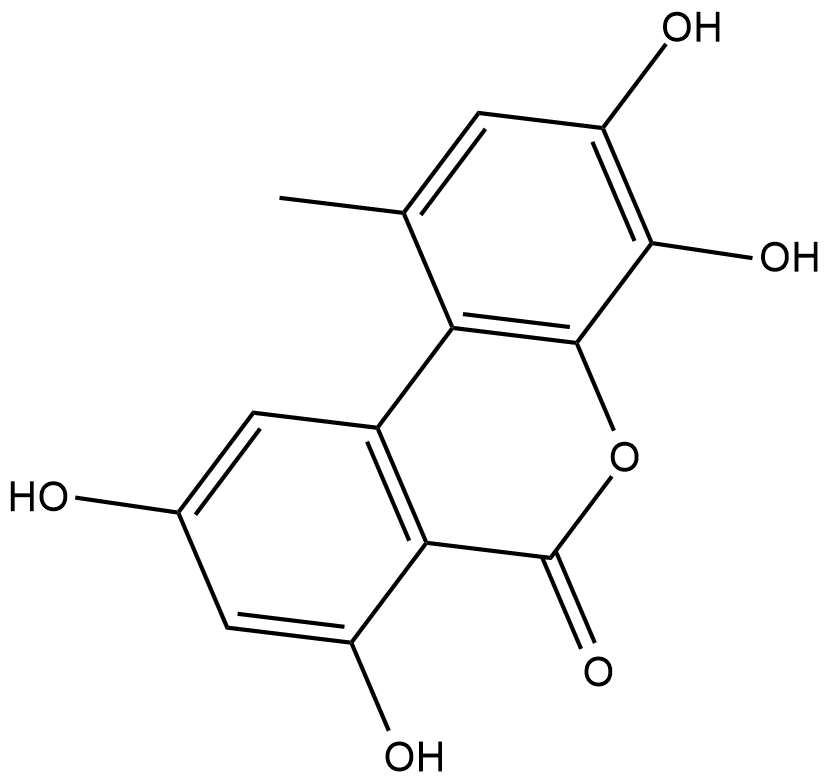
-
GC40477
4-Thiouracil
4-Thiouracil is a site-specific, photoactivatable probe used to detect RNA structures and nucleic acid-nucleic acid contacts.
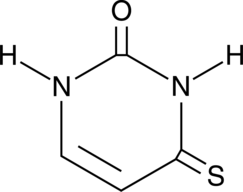
-
GC49339
5(6)-Carboxy-2′,7′-dichlorofluorescein diacetate
Le diacétate de 5(6)-carboxy-′,7′-dichlorofluorescéine est un indicateur fluorescent à pénétration cellulaire.
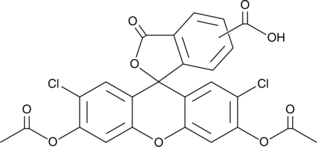
-
GC52227
5-(3',4'-Dihydroxyphenyl)-γ-Valerolactone
An active metabolite of various polyphenols

-
GC45357
5-Chlorouracil
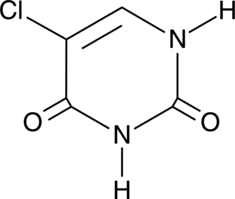
-
GC49233
5-Feruloylquinic Acid
L'acide 5-féruloylquinique (5-FQA) possède des effets antioxydants et des activités inhibitrices de la tyrosinase.
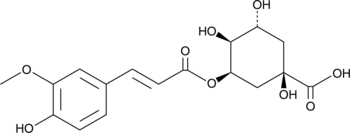
-
GC39760
5-Galloylquinic acid
Acide 5-galloylquinique, un piégeur principal des espèces réactives de l'oxygène (ROS) dans le thé vert.
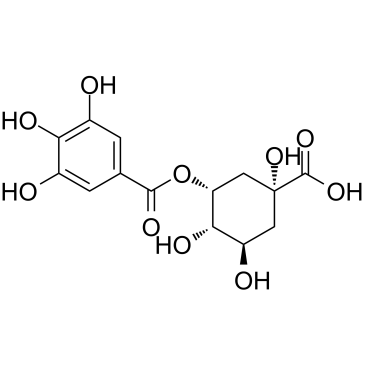
-
GC46033
5-Heneicosylresorcinol
An alkylresorcinol

-
GC61638
5-Hydroxyoxindole
Le 5-hydroxyoxindole est un analogue structurel de l'acide urique.
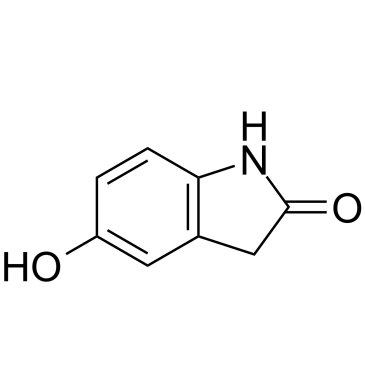
-
GC46079
5-Tricosylresorcinol
Le 5-tricosylresorcinolthe est le premier lipide du kyste.

-
GC49864
6-Methylpterin
A derivative of folic acid
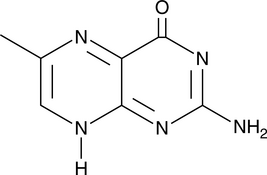
-
GC18776
6α-hydroxy Cholesterol
6α-hydroxy Cholesterol is an oxysterol that increases superoxide anion production in SK-N-BE cells when used at concentrations of 50 and 100 μM.
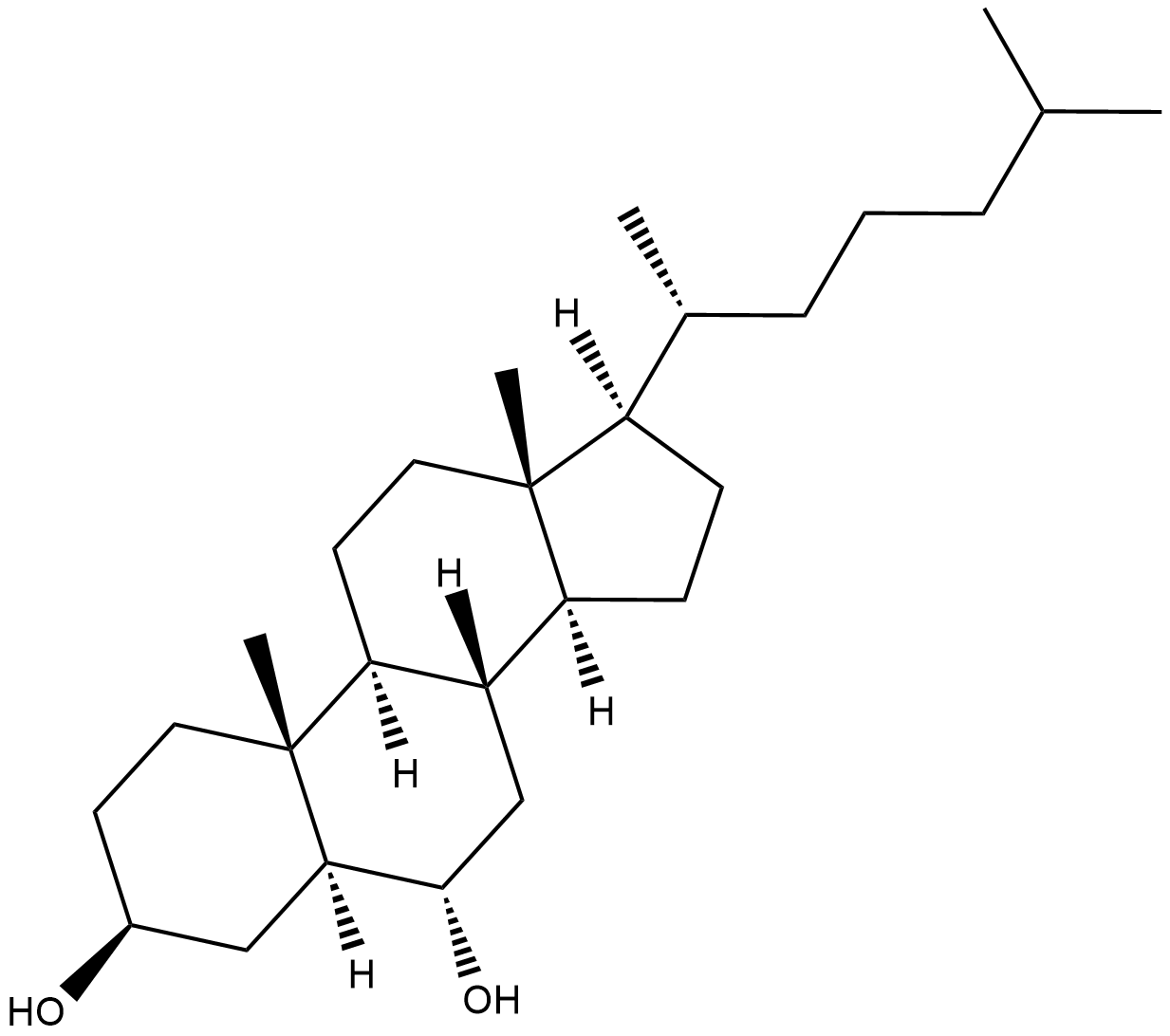
-
GC46080
7,3',4'-Trihydroxyflavone
7,3',4'-La trihydroxyflavone est un composé aglycone flavonoÏde isolé des gousses de fèves.
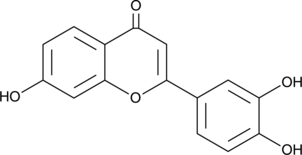
-
GC42627
8-Hydroxyguanine (hydrochloride)
8-Hydroxyguanine is produced by oxidative degradation of DNA by hydroxyl radical.

-
GC42642
9,10-Anthracenediyl-bis(methylene)dimalonic Acid
L'acide 9,10-anthracènediyl-bis(méthylène)dimalonique (ABMDMA) est un colorant biologique et un indicateur utilisé pour détecter la génération d'oxygène singulet (SOG). L'acide 9,10-anthracènediyl-bis(méthylène)dimalonique est un dérivé hydrosoluble de l'anthracène. L'acide 9,10-anthracènediyl-bis(méthylène)dimalonique peut être photoblanchi par de l'oxygène singulet en son endoperoxyde correspondant. Cette réaction peut être contrÔlée par spectrophotométrie en enregistrant la diminution de l'absorbance À 400 nm.
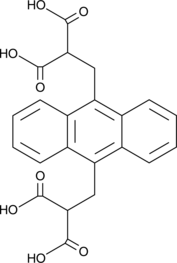
-
GC42649
9-Nitrooleate
Nitrated unsaturated fatty acids, such as 10- and 12-nitrolinoleate, cholesteryl nitrolinoleate, and nitrohydroxylinoleate, represent a new class of endogenous lipid-derived signalling molecules.
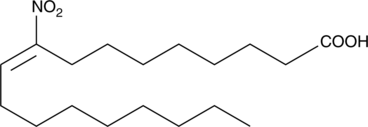
-
GC19496
AAPH
AAPH is a water-soluble azo compound

-
GC11786
Acetylcysteine
L'acétylcystéine est le dérivé N-acétyl de la CYSTEINE.
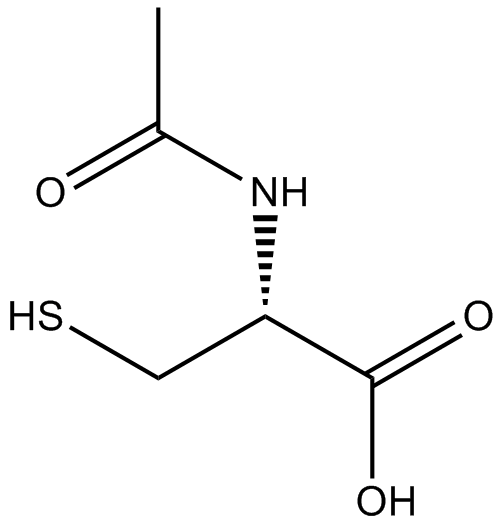
-
GN10298
Alibiflorin

-
GC45379
Alloxan (hydrate)
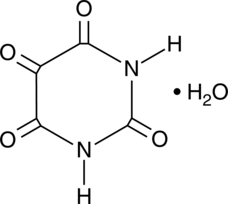
-
GC11443
Allylthiourea
L'allylthiourée est un inhibiteur métabolique qui inhibe sélectivement l'oxydation de l'ammoniac.
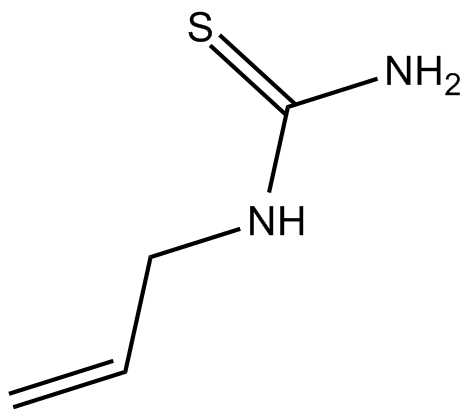
-
GC35306
alpha-Mangostin
alpha-Mangostin (α-Mangostin) est une xanthone alimentaire avec de larges activités biologiques, telles que des effets antioxydants, anti-allergiques, antiviraux, antibactériens, anti-inflammatoires et anticancéreux. C'est un inhibiteur du mutant IDH1 (IDH1-R132H) avec un Ki de 2,85 μM.
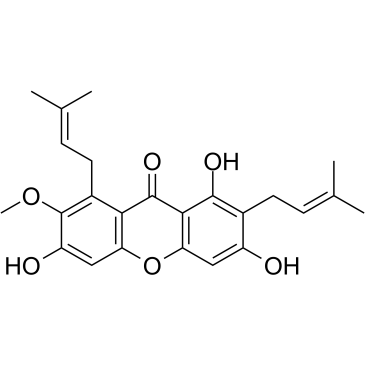
-
GN10484
Amentoflavone
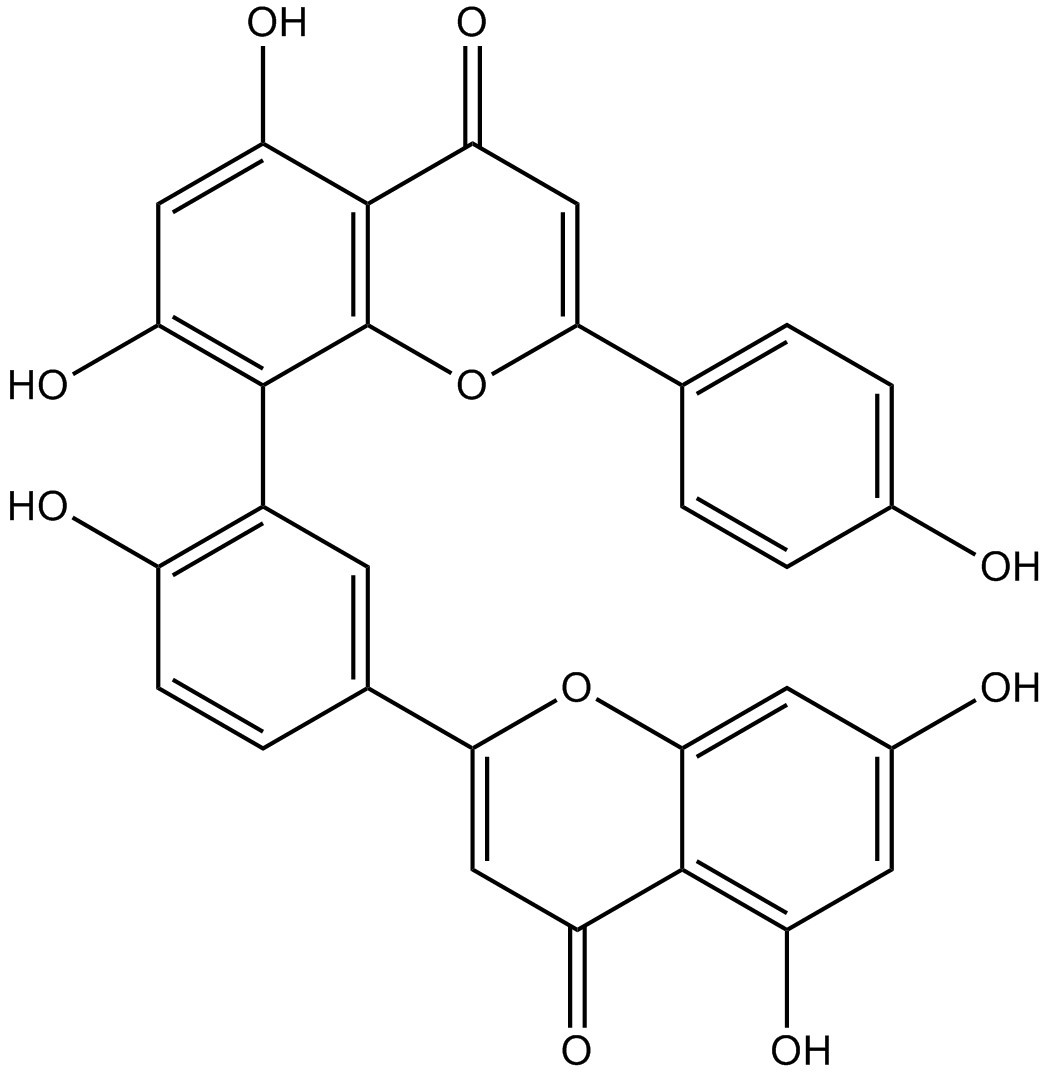
-
GC49336
AMK (hydrochloride)
An active metabolite of melatonin
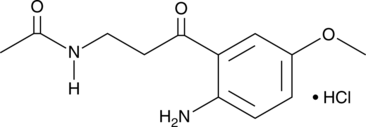
-
GC49259
Antagonist G (trifluoroacetate salt)
A neuropeptide antagonist
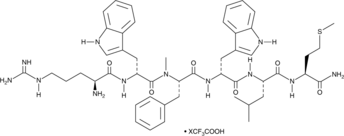
-
GC42825
APF
L'APF est une sonde de fluorescence qui peut détecter de manière sélective et dose-dépendante certaines espèces parmi les ROS et qui sont très résistantes À l'auto-oxydation.
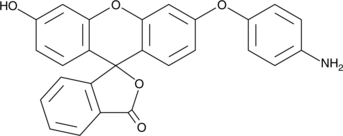
-
GN10509
Apigenin-7-O-β-D-glucopyranoside
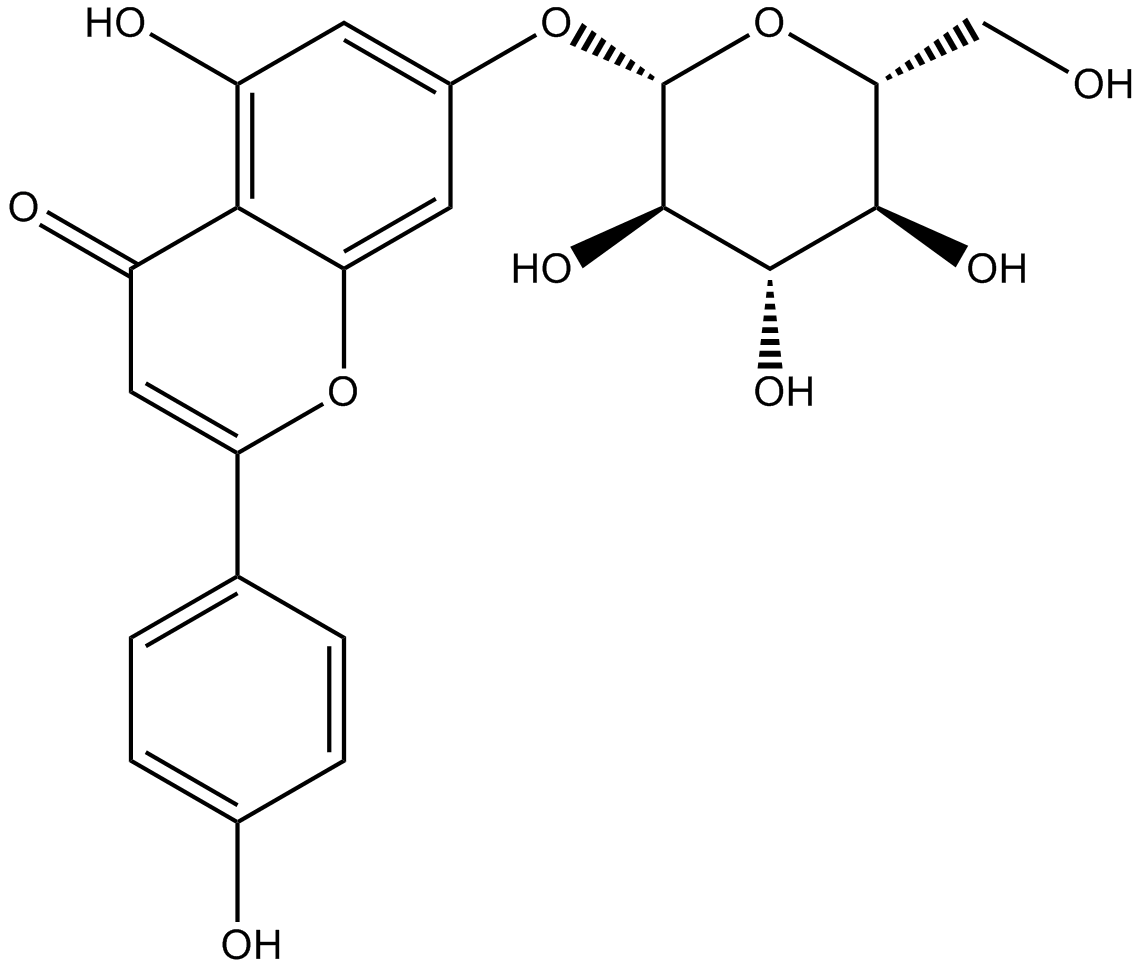
-
GC52332
Arimoclomol
A co-inducer of heat shock proteins

-
GC46005
Arjunolic Acid
L'acide arjunolique est une saponine isolée de Symplocos lancifolia et possède diverses activités biologiques, notamment des activités antioxydantes, antimicrobiennes, antibactériennes et anti-inflammatoires.

-
GC12070
Ascorbic acid
Un donneur d'électrons
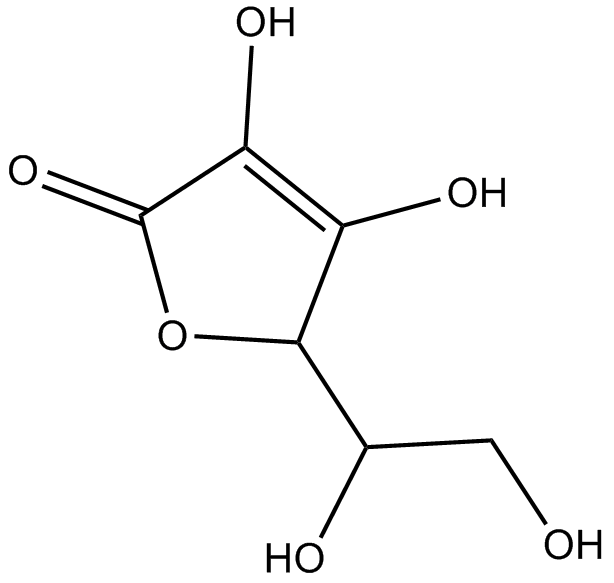
-
GN10534
Asiaticoside

-
GC31350
Astaxanthin
L'astaxanthine, le caroténoÏde alimentaire rouge, est un antioxydant efficace et puissant par voie orale.
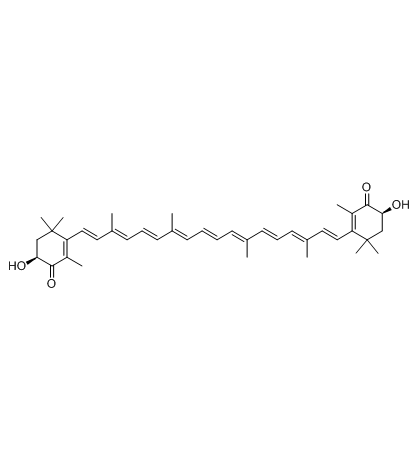
-
GC46904
Azoxystrobin
L'azoxystrobine est un fongicide β-méthoxyacrylate À large spectre.
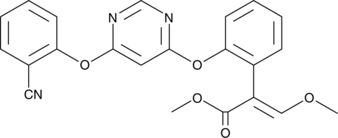
-
GC60616
AZT triphosphate
L'AZT triphosphate (3'-azido-3'-désoxythymidine-5'-triphosphate) est un métabolite triphosphate actif de la zidovudine (AZT).
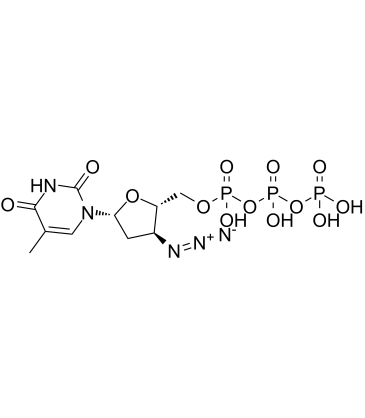
-
GC60617
AZT triphosphate TEA
L'AZT triphosphate TEA (3'-azido-3'-désoxythymidine-5'-triphosphate TEA) est un métabolite triphosphate actif de la zidovudine (AZT).
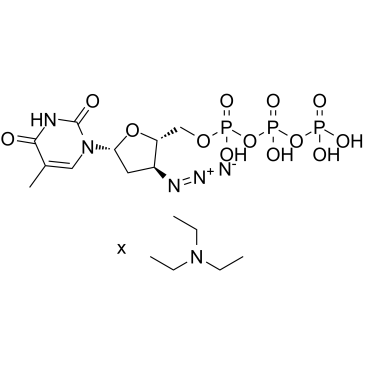
-
GC17574
BAPTA
BAPTA est un chélateur sélectif du calcium.
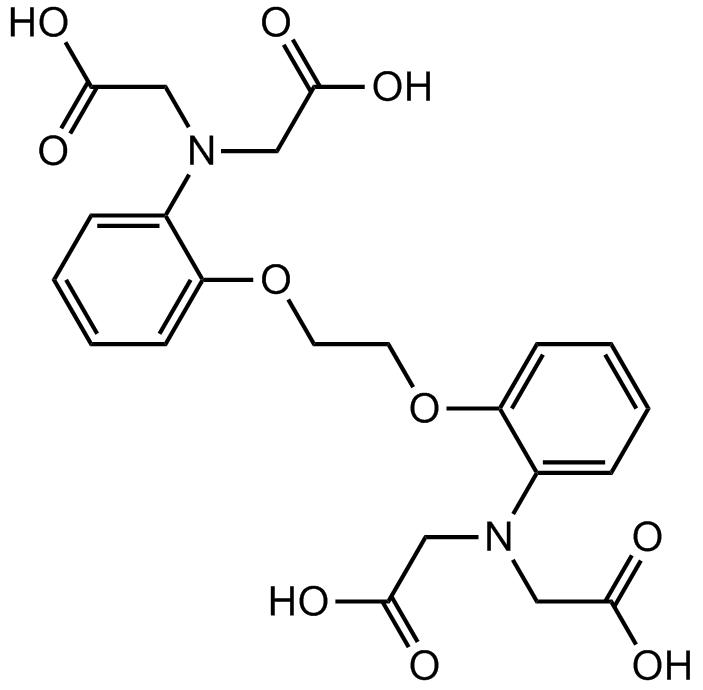
-
GC15949
Benfotiamine
A lipid-soluble form of vitamin B1

-
GN10221
Berberine
La berbérine (jaune naturel 18) est un alcaloïde isolé de la médecine traditionnelle chinoise Huanglian, utilisé comme antibiotique. La berbérine (jaune naturel 18) induit la génération d'espèces réactives de l'oxygène (ROS) et inhibe la topoisomérase de l'ADN.

-
GC35497
Berberine chloride hydrate
Le chlorure de berbérine hydraté (chlorure hydraté de jaune naturel 18) est un alcaloÏde qui agit comme un antibiotique. Le chlorure de berbérine hydraté induit la génération d'espèces réactives de l'oxygène (ROS) et inhibe l'ADN topoisomérase. Propriétés antinéoplasiques.
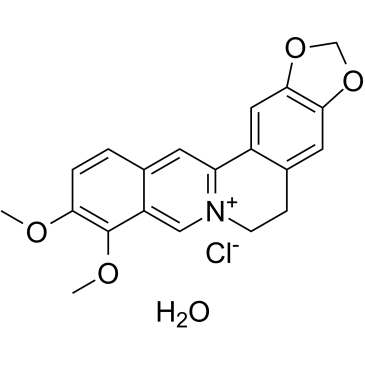
-
GN10208
Berberine hydrochloride
Berberine hydrochloride is an isoquinoline alkaloid derived from the Ranunculaceae medicinal plant Coptis chinensis. It has various pharmacological activities such as anti-tumor, anti-inflammatory, and hypoglycemic activities.
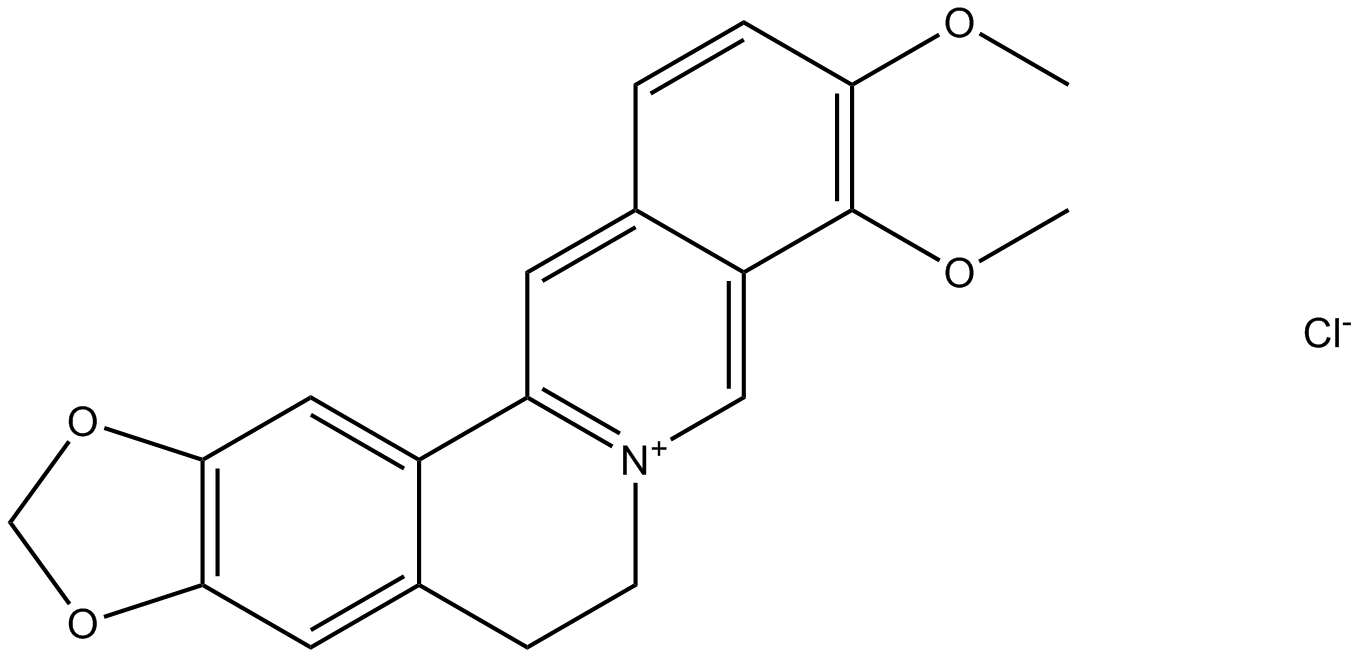
-
GN10523
Berberine Sulfate
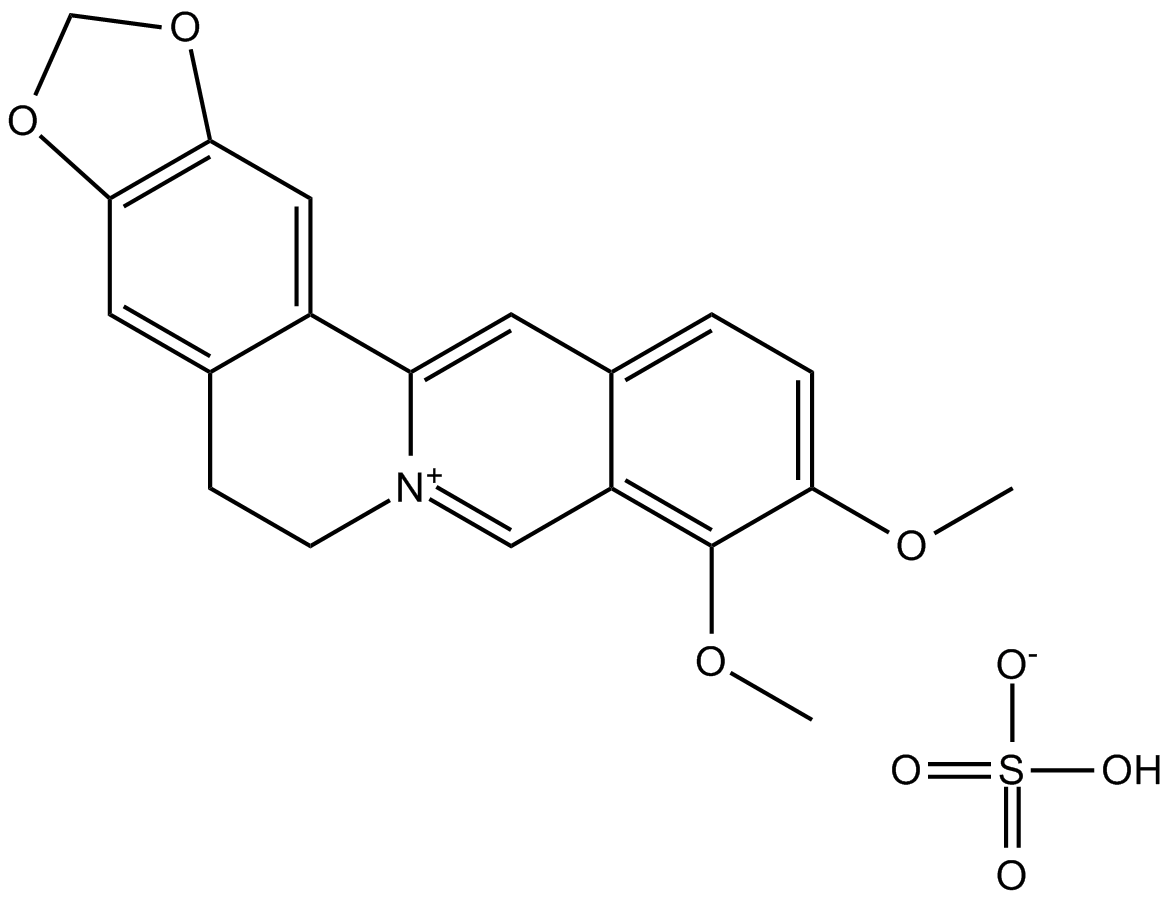
-
GC60076
Bigelovin
La bigélovine, une lactone sesquiterpénique isolée d'Inula helianthus-aquatica, est un agoniste sélectif des récepteurs α des rétinoÏdes X. Bigelovin supprime la croissance tumorale en induisant l'apoptose et l'autophagie via l'inhibition de la voie mTOR régulée par la génération de ROS.
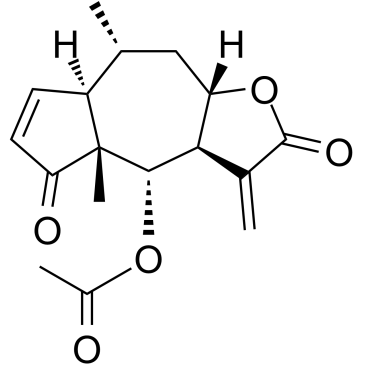
-
GC49708
Biliverdin (technical grade)
A bile pigment
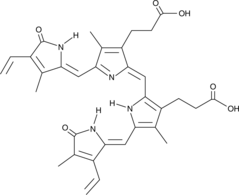
-
GC66485
Bis[3,4,6-trichloro-2-(pentyloxycarbonyl)phenyl] oxalate
L'oxalate de bis[3,4,6-trichloro-2-(pentyloxycarbonyl)phényl] est un colorant fluorescent qui peut être utilisé pour la génération de chimiluminescence.
![Bis[3,4,6-trichloro-2-(pentyloxycarbonyl)phenyl] oxalate Chemical Structure Bis[3,4,6-trichloro-2-(pentyloxycarbonyl)phenyl] oxalate Chemical Structure](/media/struct/GC6/GC66485.png)
-
GC35529
Bixin
La bixine (BX), isolée des graines de Bixa orellana, est un caroténoÏde, possédant des activités anti-inflammatoires, anti-tumorales et anti-oxydantes.
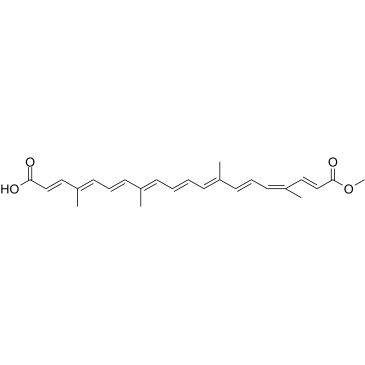
-
GC41397
BMPO
Le BMPO (BocMPO) est un piège À spin de nitrone cyclique.
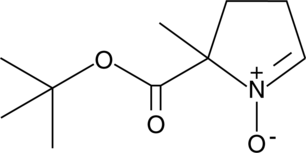
-
GC16921
Bromhexine HCl
Bromhexine HCl est un inhibiteur de protéase TMPRSS2 puissant et spécifique avec une IC50 de 0,75 μM.
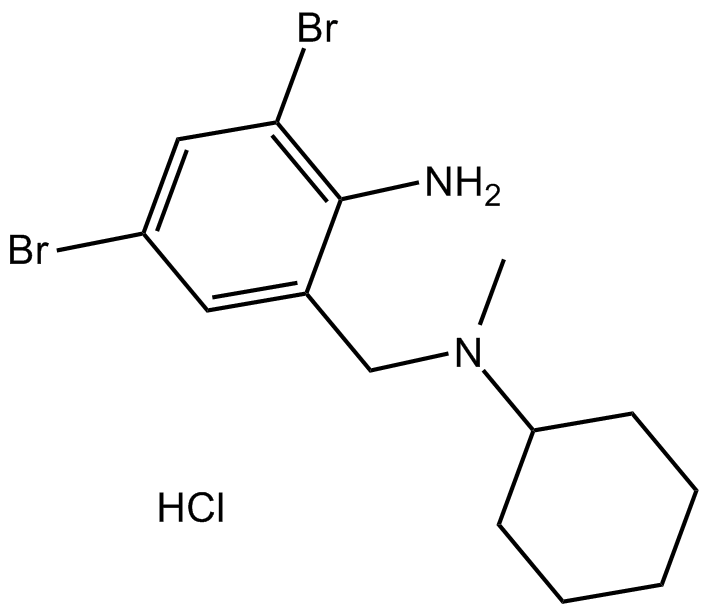
-
GC33134
Bufotalin
La bufotaline est une lactone stéroÏde isolée de Venenum Bufonis avec des activités puissamment antitumorales. La bufotaline induit l'apoptose des cellules cancéreuses et induit également l'activation du stress du réticulum endoplasmique (RE).
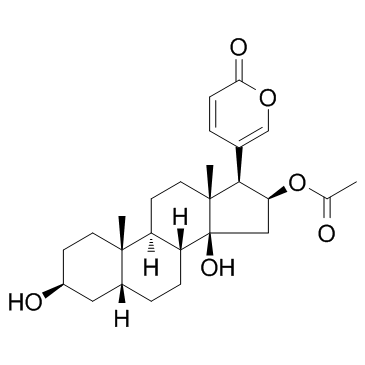
-
GC46960
Buprofezin
La buprofézine est un insecticide qui agit en inhibant la synthèse de la chitine.
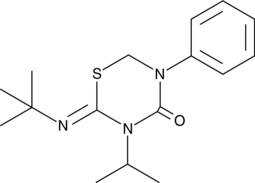
-
GC30067
Butylhydroxyanisole (Butylated hydroxyanisole)
Le butylhydroxyanisole (butylhydroxyanisole) (butylhydroxyanisole) est un antioxydant utilisé comme conservateur additif alimentaire.
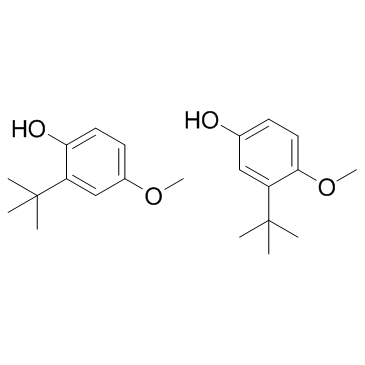
-
GN10356
Calycosin-7-glucoside
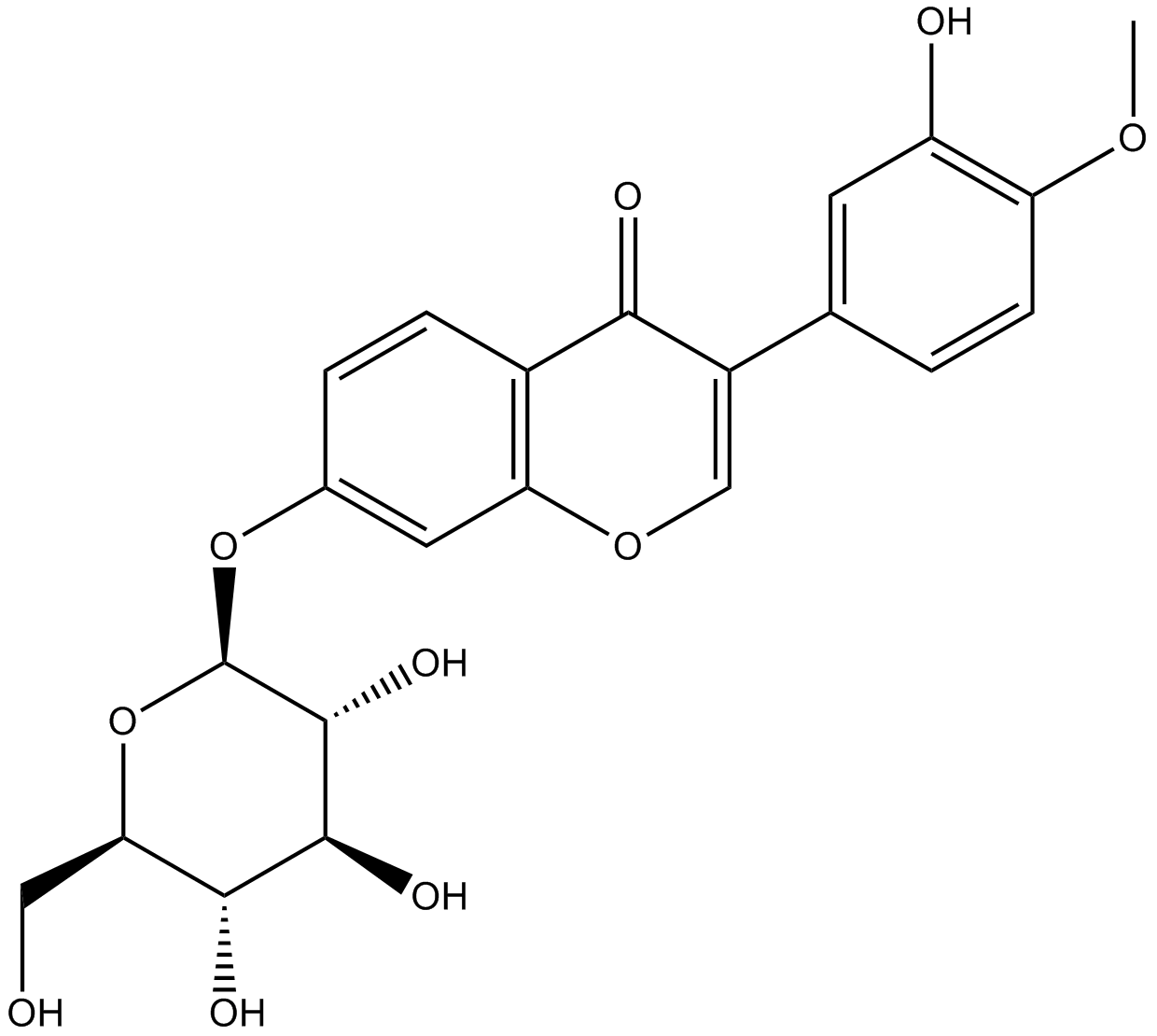
-
GC18922
Camalexin
La camalexine est une phytoalexine isolée de Camelina sativa (Crucifères) aux activités antibactériennes, antifongiques, antiprolifératives et anticancéreuses.
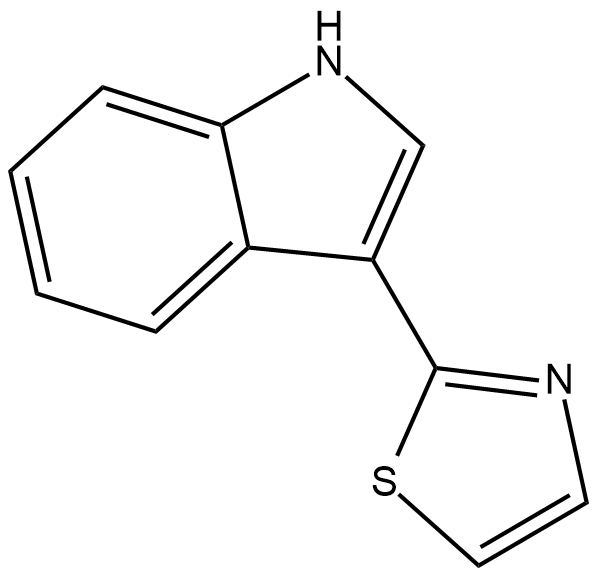
-
GC30495
Canthaxanthin (E 161g)
La canthaxanthine (E 161g) est un caroténoÏde rouge-orange avec diverses activités biologiques, telles que des propriétés antioxydantes et antitumorales.
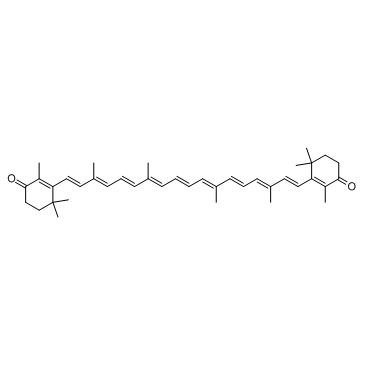
-
GC65429
Capillarisin
La capillarisine, en tant que constituant de l'Artemisiae Capillaris herba, exerce des propriétés anti-inflammatoires et antioxydantes.
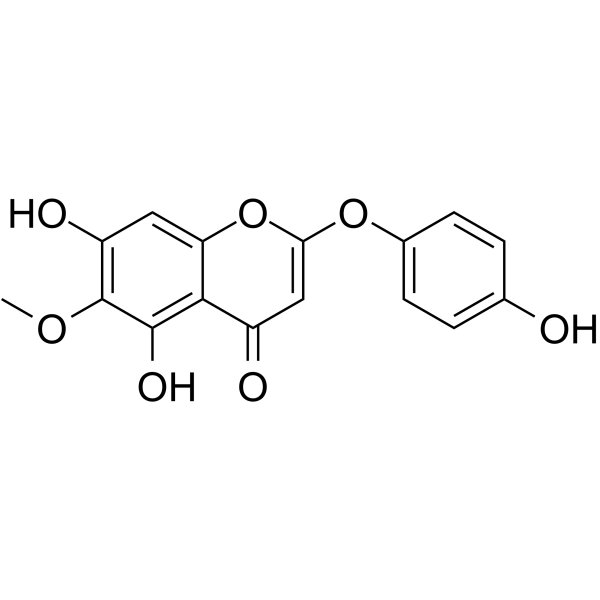
-
GC43139
Capsanthin
La capsanthine est un caroténoÏde trouvé chez C.

-
GC60674
Catalase from Aspergillus niger
Catalase is a key enzyme in the metabolism of H2O2 and reactive oxygen species (ROS), and its expression and localization is markedly altered in tumors.
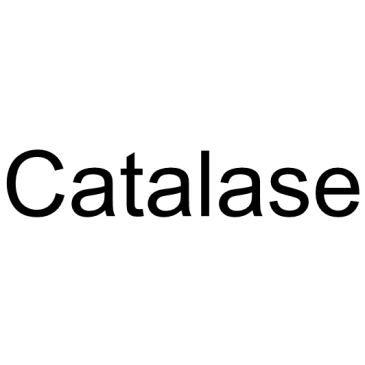
-
GC64933
Catalase from bovine liver
Catalase is a key enzyme in the metabolism of H2O2 and reactive oxygen species (ROS), and its expression and localization is markedly altered in tumors[1].
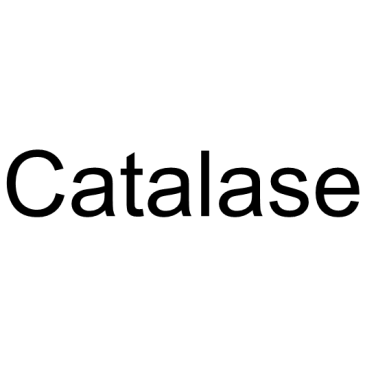
-
GC61865
Cearoin
Cearoin augmente l'autophagie et l'apoptose par la production de ROS et l'activation de ERK.
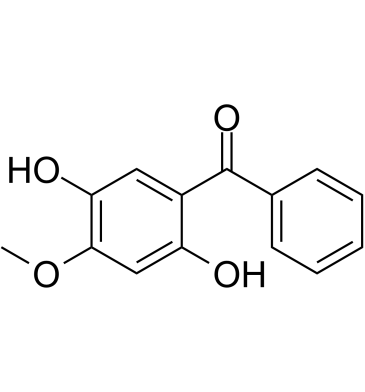
-
GC52081
Chamazulene
Le chamazulène, un composé naturel, est un inhibiteur de type antioxydant de la formation des leucotriènes B4.

-
GC64993
Chicoric acid
L'acide chicorique (acide cichorique), un acide dicaffeyltartrique actif par voie orale, induit la génération d'espèces réactives de l'oxygène (ROS).
